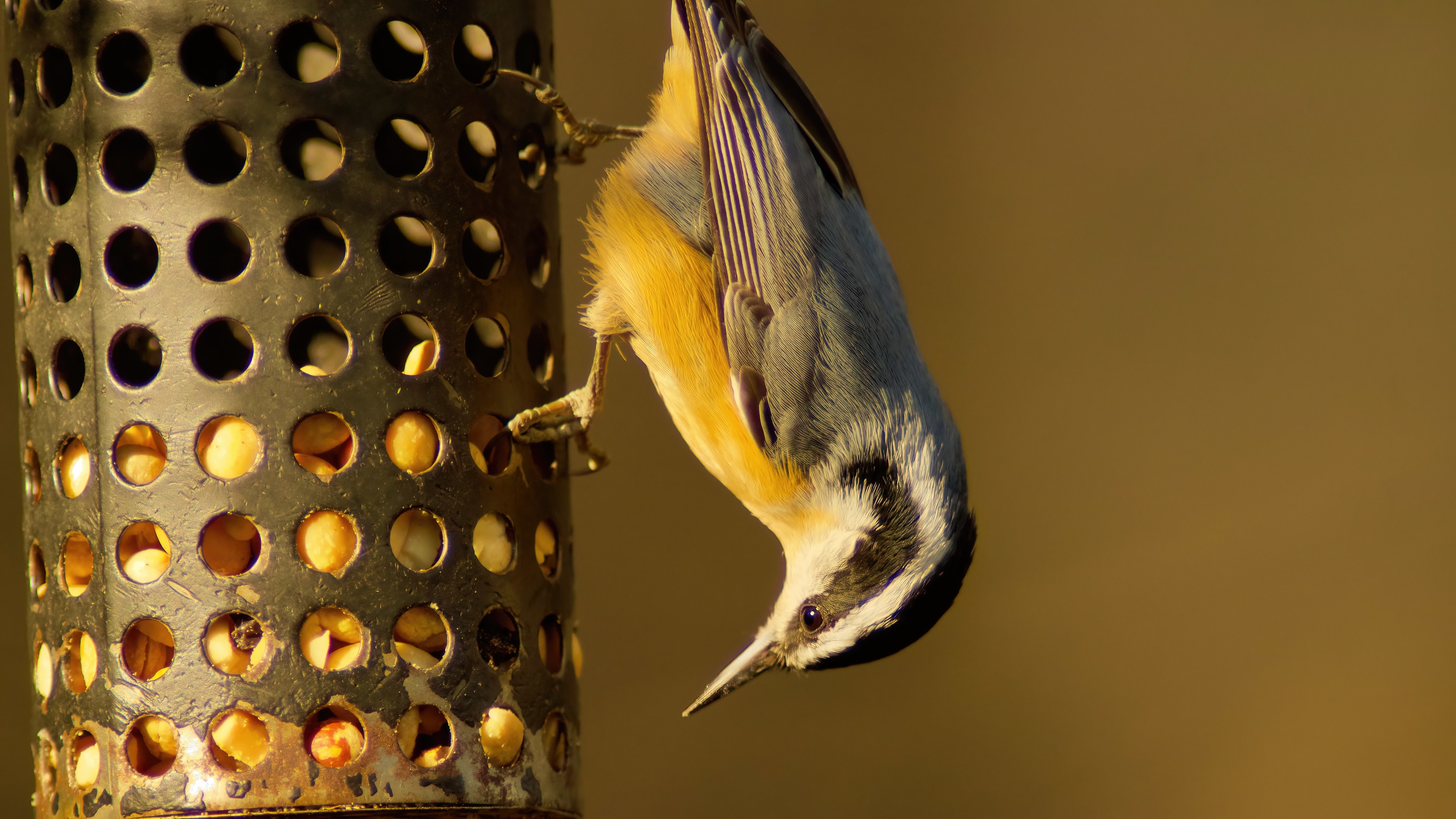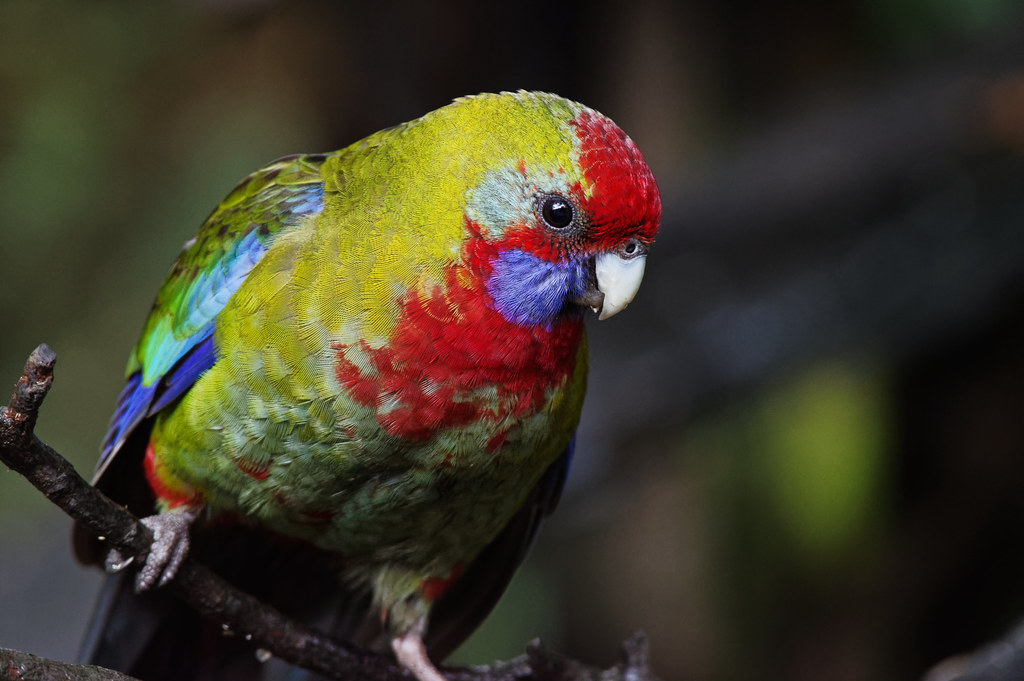I do shoot birds when I can and I can't shoot on a tripod, maybe if it was on a nest. I use a KP, DA 1.4 rear converter with a DA*300 or DA 55-300PLM, so effectively at 420mm. I usually use center point focus and recompose, in AF-S or AF-C, and usually try to focus on the eyes. I find that the shake reduction helps a lot, and some of these shots were taken from a kayak, so there is always a little movement, no way could I use a tripod in the kayak, unless, I was in completely still water, and I am perfectly still. And of course if you can get a picture of a bird that doesn't need cropping, it's great. And you must also remember that birds move and often the tree branches they may be in may also be moving, so there is a lot of technique involved, you have to be comfortable with your skills, and myself, I have days when I'm better or worse than normal. I usually shoot birds in shutter priority, set the ISO to auto up to 5000 or 6400, depending on the available light.
This Osprey was up in a treetop on a little island, I was in the kayak timing waves from a boat's wake, maybe 70 feet away, cropped, KP, 1.4TC, and DA*300, f6.3, 1/640, ISO 200.

This was a little easier, the Yellow Rumped Warbler was only 15-20 feet away, shot from my truck window, cropped, KP, 1.4TC, and DA*300, f5.6, 1/400, ISO 640. There were several of these birds, this one happened to sit still long enough to get multiple shots. Normally the smaller the bird the more they move, at least in my experience, but sometime you get lucky.

Larger birds can be easier, more to focus on. This was shot from the kayak, 20-30 feet away, I was surprised to get that close, KP, 1.4TC, and DA*300, f5.6, 1/500, ISO 160, focus was on the eye of the tricolored heron (the dark one)

And sometime you don't get the best photo, but can still be happy. The Saltmarsh Sparrow is very rare, elusive, and is on the Red Watch List due to loss of habitat and global warming raising the sea level. My chasing of this bird is one of the reason I got a kayak, and I got this photo on one of my early kayak voyages. It's not a good photo, but I'm happy to have got it, since then I've seen this species MAYBE two more times since, with one time getting a much worse photo, and the other time no chance at all to even ID for sure. Not cropped, KP, 1.4TC, and DA*300, f5.6, 1/640, ISO 200. Focus is tough in the marsh grass.



 Similar Threads
Similar Threads 

























 Post #12 by Sandy Hancock
Post #12 by Sandy Hancock








